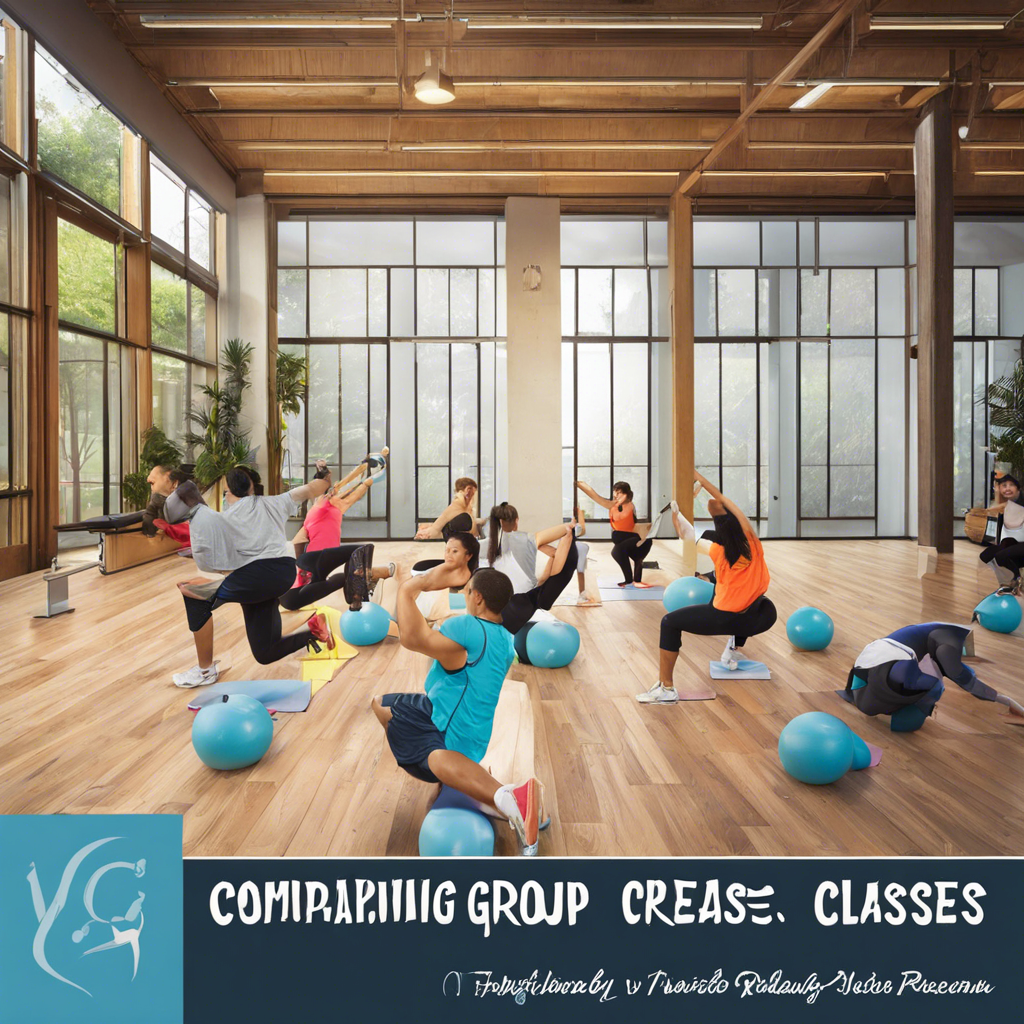Whether you’re looking to improve your fitness, learn a new skill, or dive into a hobby, there are numerous options for learning and developing your interests. When it comes to education, two popular routes are group classes and private training. Each approach has its unique advantages and disadvantages, catering to different learning styles and personal preferences. Let’s explore the pros and cons of these two learning environments.
## Group Classes: A Collaborative Experience
Group classes bring together individuals with shared interests, fostering a sense of community. Here’s why many find them appealing:
**Pros:**
– **Social Interaction:** Learning alongside peers allows for natural conversations and friendships. This social aspect can make the learning process more enjoyable and motivating.
– **Cost-Effective:** Group classes often have lower per-person costs than private training, making them financially attractive.
– **Variety and Exploration:** In a group setting, you can learn from others’ experiences and approaches, promoting a broader understanding.
– **Motivation:** The group dynamic can be a powerful motivator, pushing you to attend regularly and stay committed to your goals.
**Cons:**
– **Pace and Attention:** The instructor’s attention is divided among multiple students, which might limit personalized guidance.
– **Consistency:** Group classes may not always align with your schedule, and missing sessions can impact continuity.
– **Individualized Feedback:** While instructors provide overall guidance, specific feedback on your progress may be limited.
## Private Training: Customized Guidance
Private training offers a tailored approach, focusing solely on your needs and goals. Here’s what to expect:
**Pros:**
– **Personalized Attention:** The instructor’s undivided attention ensures feedback and guidance are tailored to your strengths and weaknesses.
– **Flexibility:** Sessions are typically scheduled based on your convenience, accommodating your timetable.
– **Rapid Progress:** Without distractions, you can work through material at your own pace, potentially leading to faster skill development.
– **Detailed Feedback:** Instructors provide in-depth feedback, helping you identify and address areas for improvement.
**Cons:**
– **Cost:** Private training is generally more expensive, which may be a significant consideration.
– **Limited Social Interaction:** While you have the trainer’s focus, the one-on-one environment lacks the social aspect of group classes.
– **Motivation:** Staying committed solely depends on your drive, without the peer encouragement found in group settings.
## Making the Choice:
The decision between group classes and private training hinges on your learning style, financial considerations, and personal goals. Group classes offer a collaborative, cost-effective approach, while private training provides undivided attention and flexibility. Consider your budget, time commitments, and the level of social interaction you prefer.
For those seeking a more affordable option and a sense of community, group classes are ideal. However, if personalized attention and a tailored learning path are essential, private training is the way to go. Ultimately, both formats can effectively enhance your skills and knowledge, making the choice a matter of personal preference and learning style.

